Funk Art: A Movement of Playful Subversion
Funk Art – Eccentric, Irreverent and Handmade
In tandem with our re-OpenLab ‘Architextures’ music series hosted by Francesca, here we look at the Funk Art movement which emerged in the 1960s, primarily on the West Coast of the United States, as a reaction against the dominant minimalist and abstract art movements of the time.
Rooted in the countercultural ethos of the 1960s, Funk Art celebrated the eccentric, the irreverent, and the handmade, drawing inspiration from popular culture, everyday life, and folk art traditions. While it shared some affinities with Pop Art, Funk Art was grittier, less polished, and more politically charged, frequently addressing social and political issues with a dark humour that blended high and low art.
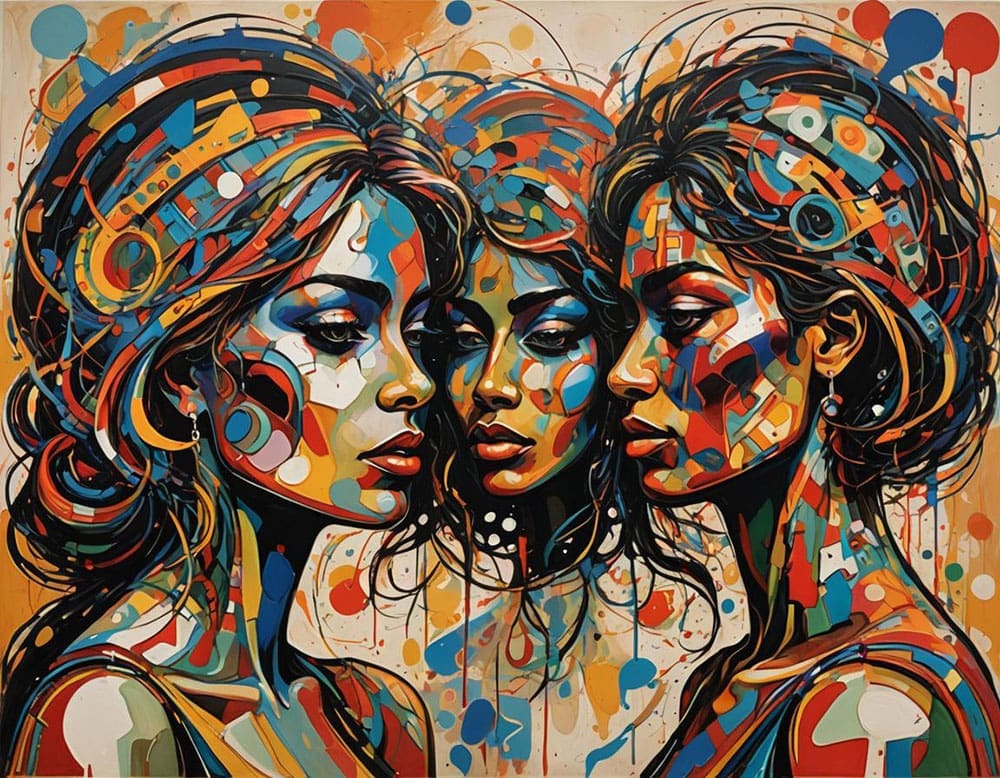
The Bohemian Counterculture
Funk Art originated in California, particularly in San Francisco, and many of its leading artists were associated with the region’s bohemian counterculture. The movement took its name from jazz “funk,” a musical genre that emphasized rhythm and improvisation, traits that were also reflected in the art. Funk Art embraced a tactile, do-it-yourself aesthetic, favouring materials such as found objects, ceramics, and even trash.
Its practitioners rejected the cold, intellectual approach of Abstract Expressionism and Minimalism, seeking instead to create art that was visceral, humorous, and filled with emotional complexity. While it never achieved the same level of fame as other movements, it has left a lasting mark on contemporary art, and its spirit of irreverence continues to inspire new generations of artists.
“Funk Art has always been about making art that reflects life – it’s messy, unpredictable, and a little bit weird, just like life.”
William T. Wiley
Table of Contents
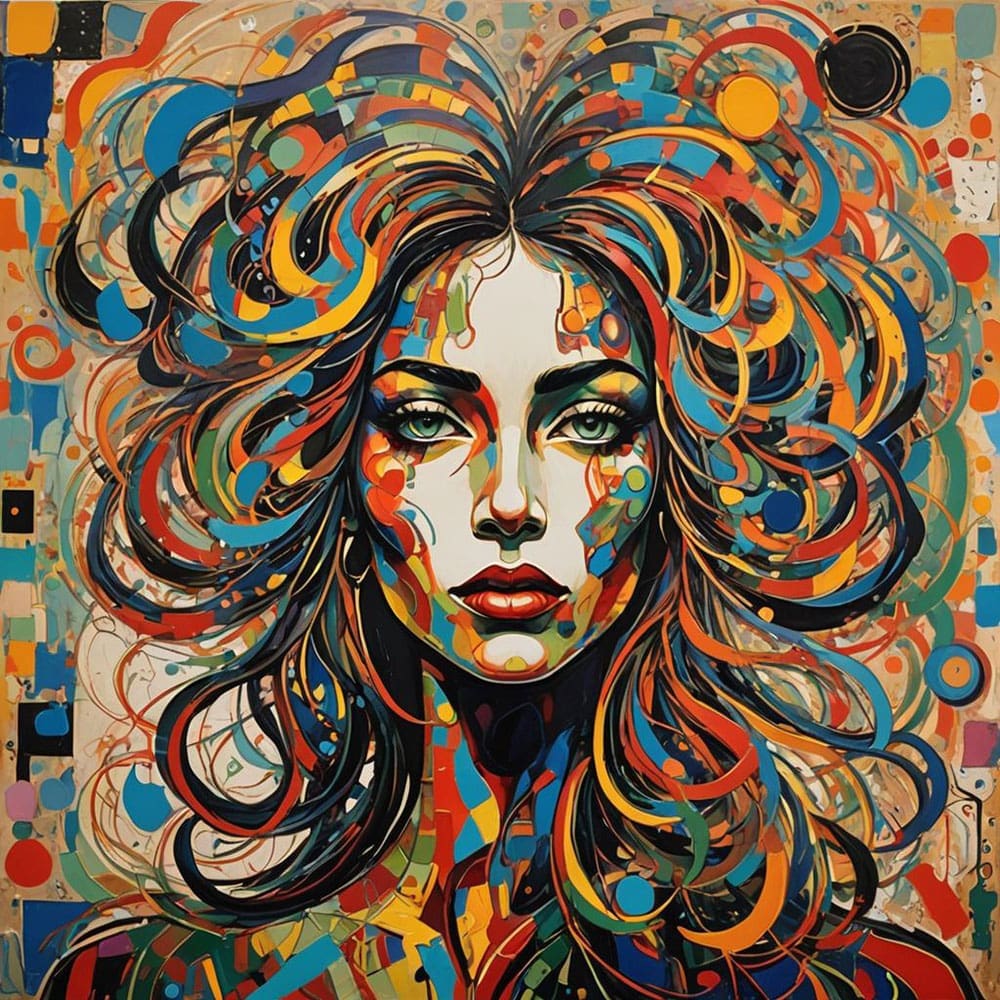
The Origins of Funk Art
Funk Art emerged in the 1960s as part of a larger cultural shift taking place in California and the broader United States. At the time, the art world was dominated by movements like Abstract Expressionism, Minimalism, and Pop Art, which were characterized by their intellectualism and detachment from everyday life. Funk Art, by contrast, embraced the messiness of life, incorporating elements from folk art, outsider art, and everyday objects into its aesthetic. This movement was highly regional, with many of its most prominent artists living and working in the Bay Area of San Francisco. It was largely a reaction to the rigidity and seriousness of the New York art scene.
1960s Counterculture
Key figures in the movement included artists such as Robert Arneson, Peter Voulkos, William T. Wiley, and Ken Price. Many of these artists were associated with the University of California, Davis, where they taught or studied. UC Davis became a hub, with its faculty members fostering a spirit of experimentation and irreverence. The Funk artists were deeply influenced by the freewheeling ethos of the 1960s counterculture, and their work often reflected the social and political upheavals of the time, from the civil rights movement to the Vietnam War.
“I wanted to work with materials that had a kind of immediacy to them – things that had been discarded, things that had history.”
Peter Voulkos
Funk Art and its Aesthetic
Unlike the more polished and market-friendly works of Pop Art, Funk Art had a rough, handmade quality. Artists often used materials that were considered low-brow or inappropriate for fine art, such as clay, found objects, and garbage. Ceramics became an important medium for many Funk artists, as it allowed for a tactile, hands-on approach that was both playful and subversive. Robert Arneson, for example, used clay to create large, irreverent sculptures that challenged the conventions of the art world. His work often included self-portraits and caricatures, merging the personal with the political.
While Funk Art shared Pop Art’s interest in popular culture, it was more interested in the everyday and the mundane than in the glossy world of celebrity and advertising. Many of the artists were influenced by folk art and craft traditions, drawing inspiration from quilt-making, outsider art, and other forms of expression that were often marginalized by the mainstream art world. This connection to craft was one of the things that set Funk Art apart from other movements of the time, and it allowed artists to explore themes of labour, gender, and class in their work.
Robert Arneson
Robert Arneson is often considered the godfather of Funk Art, and his work exemplifies the movement’s irreverent, subversive spirit. Trained as a ceramicist, Arneson used clay to create sculptures that poked fun at the conventions of the art world and society at large. One of his most famous works, California Artist (1982), is a ceramic self-portrait in which the artist is depicted with a smirk on his face, standing atop a pedestal that reads “California Artist.” The work is both a celebration and a critique of the artist’s own identity, as well as a commentary on the art world’s obsession with celebrity and status.
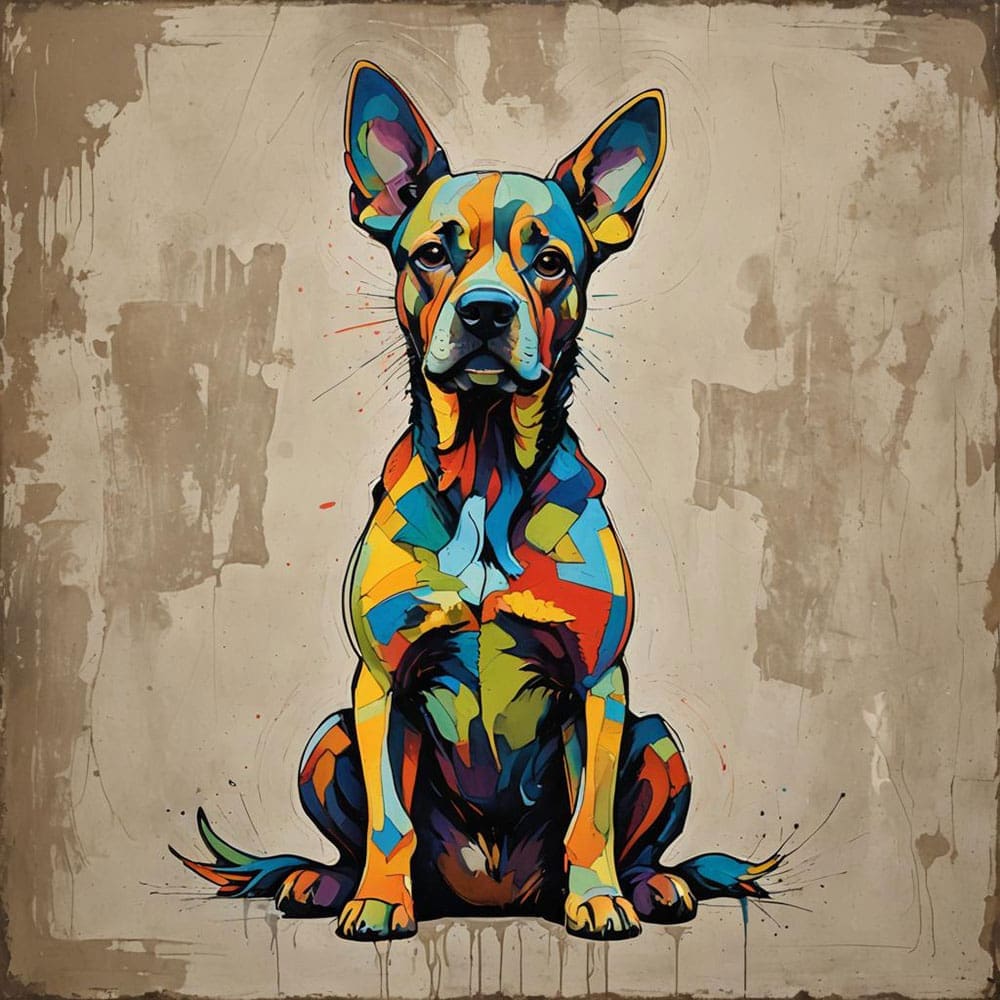
War, Racism and Sexism
Arneson’s use of ceramics was ground-breaking in its own right, as clay had traditionally been associated with craft and not fine art. By using this humble material to create works that were both visually striking and intellectually provocative, Arneson challenged the hierarchies of the art world. His work often dealt with political and social issues, including war, racism, and sexism, but always with a sense of humor and irony. This blend of the personal and the political, the serious and the absurd, is characteristic of Funk Art as a whole.
*All book images suggest books that offer in-depth insights into the history, design philosophy, and impact of Brutalism and all book images Open a New tab to our Bookshop.
**If you buy books linked to our site, we get 10% commission from Bookshop.org, whose fees support independent bookshops.
Peter Voulkos
Another key figure in the Funk Art movement was Peter Voulkos, a pioneer in the field of ceramics who pushed the boundaries of what clay could do. Voulkos’s work was characterized by its rough, expressive surfaces and its defiance of traditional forms. While he began his career as a potter, creating functional objects like bowls and plates, he soon shifted toward more abstract, sculptural forms. His large, unglazed clay sculptures were often made through a process of improvisation, with the artist cutting, tearing, and slashing the clay as he worked. This emphasis on process and spontaneity was a key element of the Funk Art ethos.
Abstract Sculptures
Voulkos’s work was also notable for its rejection of the idea that ceramics were merely a craft, unworthy of being considered fine art. By creating large, abstract sculptures out of clay, he elevated the medium and paved the way for other ceramic artists, such as Arneson, to follow in his footsteps. Voulkos’s influence can still be seen today in the work of contemporary artists who continue to explore the possibilities of clay and other non-traditional materials.
William T. Wiley
William T. Wiley, another important figure in the Funk Art movement, was known for his eclectic, multimedia approach to art-making. His work often combined painting, drawing, sculpture, and text, creating dense, layered compositions that were filled with humour, wordplay, and social commentary. Wiley’s work was deeply influenced by the counterculture of the 1960s, and he often used his art as a way of critiquing the political and social issues of the time, from environmental degradation to the Vietnam War.
A Critique of American Consumerism
One of Wiley’s most famous works, The Great American Thumbprint (1968), is a large-scale painting that features a giant thumbprint surrounded by various symbols and images, including a peace sign, a dollar sign, and a skull. The work is both a critique of American consumerism and a reflection on the individuality and uniqueness of each person. Wiley’s use of humour and satire, combined with his interest in social and political issues, made him one of the leading voices of the Funk Art movement.

Funk Art Today and Its Legacy
While the Funk Art movement reached its peak in the 1960s and 1970s, its influence can still be felt in contemporary art. Many of the ideas that Funk Art championed – such as the use of everyday materials, the rejection of high art hierarchies, and the embrace of humour and irreverence – have become central to much of the art being made today. Artists like Mike Kelley, Paul McCarthy, and Chris Johanson, who have gained prominence in the contemporary art world, owe a debt to the Funk Art movement and its emphasis on the playful, the personal, and the political.
A Renewed Interest in Funk Art
In recent years, there has been a renewed interest in Funk Art, with exhibitions and retrospectives celebrating the movement’s contributions to the art world. As the boundaries between high and low art continue to blur, Funk Art’s rejection of elitism and embrace of the everyday has become increasingly relevant. In a world that is often dominated by mass-produced, corporate art, Funk Art reminds us of the value of the handmade, the quirky, and the subversive.
The Future of Funk Art
Looking forward, Funk Art’s legacy is likely to continue to inspire artists who are interested in pushing the boundaries of what art can be. As new materials and technologies become available, the spirit of experimentation and irreverence that defined the movement will undoubtedly find new expressions. Funk Art’s emphasis on the personal and the political also makes it particularly well-suited to address the social and environmental challenges of the 21st century. In a world that is increasingly dominated by digital media and mass consumption, Funk Art offers a refreshing reminder of the power of art to disrupt, to challenge, and to provoke thought.
While Funk Art may never achieve the same level of fame or commercial success as other movements, its influence can be seen in the work of contemporary artists around the world. As long as there are artists who are willing to challenge the status quo, to embrace the messy, the quirky, and the imperfect, Funk Art will continue to be a vital and dynamic force in the art world.

Embracing the Eccentric, the Handmade and the Politically Charged
Funk Art emerged as a rebellious, countercultural movement in the 1960s, embracing the eccentric, the handmade, and the politically charged. Through the work of artists like Robert Arneson, Peter Voulkos, and William T. Wiley, Funk Art challenged the hierarchies of the art world, rejecting the cold intellectualism of minimalism in favour of a more visceral, humorous, and personal approach.
Today, its influence continues to resonate in the work of contemporary artists, and its emphasis on irreverence and experimentation remains as relevant as ever. Funk Art reminds us that art doesn’t have to be serious or polished to have an impact – it can be messy, funny, and deeply human.
“Funk art is not concerned with beauty for beauty’s sake but embraces the bizarre and the surreal.”
Robert Arneson


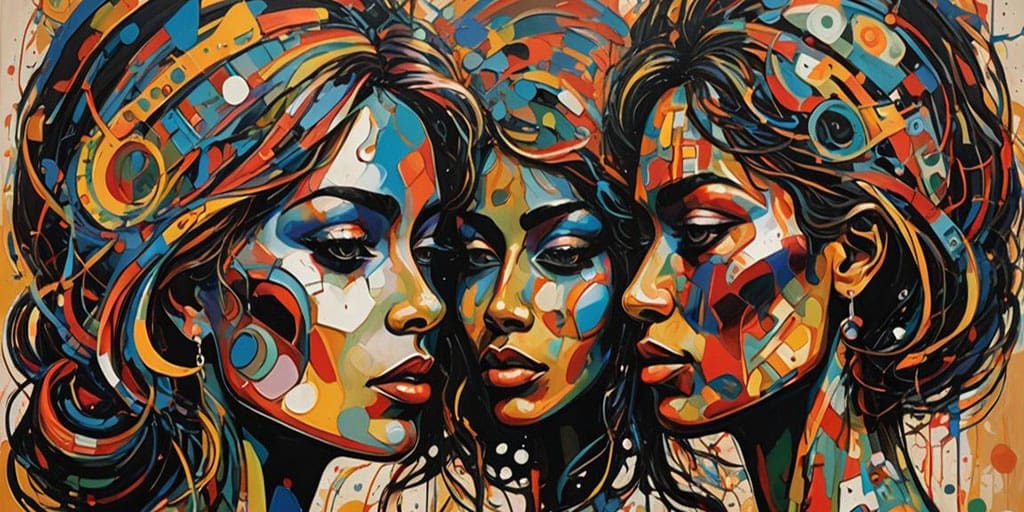

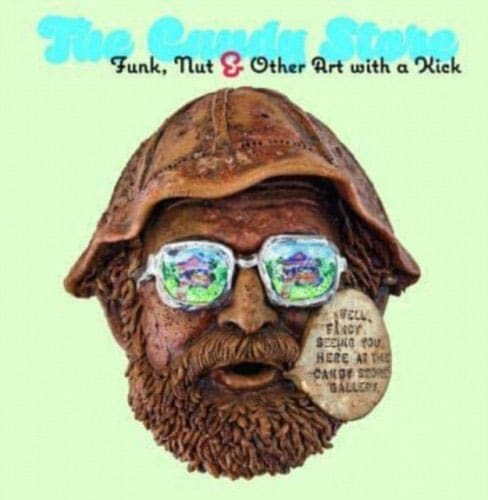
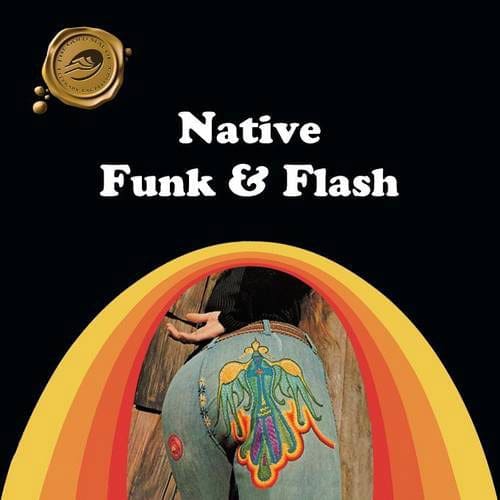




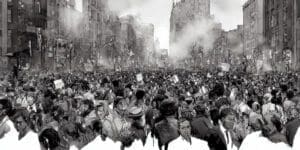
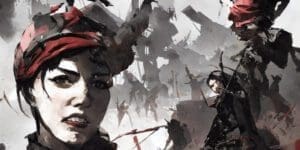
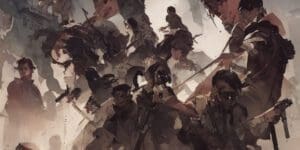
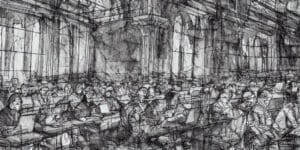
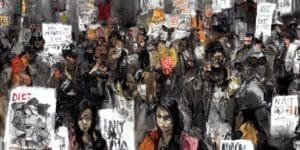

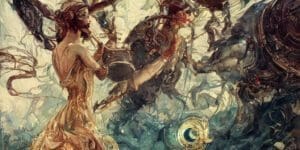

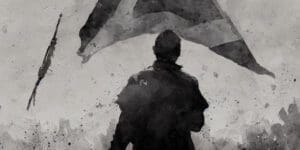
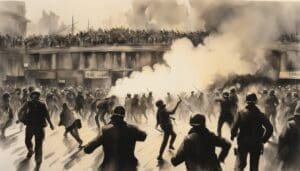




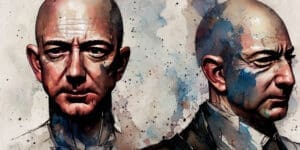
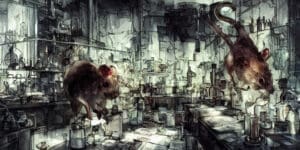

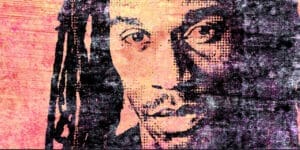

Leave a Comment